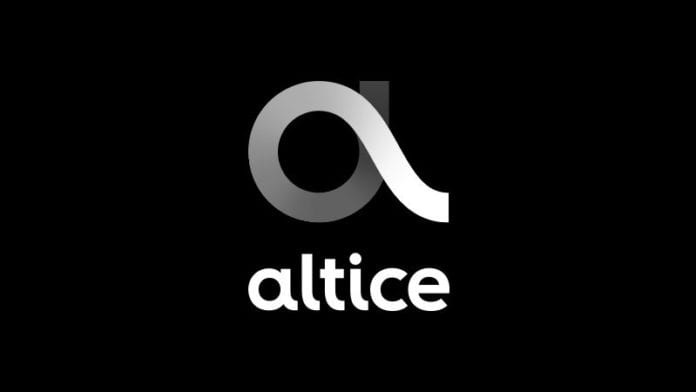Cable provider Altice USA is in “heavy testing” for a mobile service launch that company executives said is on track to happen this summer — and company CEO Dexter Goei told investors that he isn’t particularly worried about 5G fixed wireless access as a home and business broadband competitor, at least in the near-term.
Altice USA, one of the nation’s largest cable companies, will be providing mobile service through a mobile virtual network operator arrangement in place with Sprint — but it’s one that the company describes as different from typical “light MVNO” set-ups that compete primarily based on price, with narrow margins. Altice USA has described its “infrastructure-based MVNO” as an arrangement in which it relies “critically, but minimally” on mobile network operator partners for a Radio Access Network, and Altice handles everything else, including its own core infrastructure, so that it has more control over the products and services it offers and considers itself a facilities-based competitor to MNOs.
“With our partnership with Sprint, we deployed over 19,000 small cells in less than one year, representing the fastest rollout of its kind in the U.S.,” said Goei on the company’s most recent earnings call. “This has led to significant network performance improvements in our footprint. In return, we have relatively attractive wholesale economics compared to other MVNOs. Our core network infrastructure is ready to go, giving us full access control over the customer experience and [allowing] us to better manage traffic.”
Goei went on to add that Altice USA has “major mobile handset partnerships in place” and is “on track for a full commercial launch this summer.”
“We are in a phase of heavy testing right now and have all the necessary tools and expertise in-house to make our mobile business a success,” Goei said.
Goei said that mobile is one of four areas where Altice USA is focused on growth, with the others being the acceleration of its fiber-to-the-home and new fiber builds; its advertising business; and its news business, where it recently announced the acquisition of content company Cheddar.
On the fiber front, he maintained that there “isn’t any other network technology keeping pace with broadband usage trends” the way that and cable and fiber do, and noted that Altice USA has not seen any launches of 5G FWA within its footprint. Altice USA’s Optimum brand offers services in the New York tri-state area, while its Suddenlink brand serves portions of states in the West, Midwest and mid-Atlantic, with a heavy concentration in West Virginia.
“We don’t expect to see them anytime soon, given technical and economic constraints for mobile network operators — particularly because of the requirement for dense small cell deployments,” Goei said, adding that Altice’s revenue per gigabyte of usage is “much lower and attractively priced.”
“We’re not dismissive of the potential … challengers out there,” Goei said, going on to say, “We think it’s a more of a niche product, relative to the initial anticipation that it could be a much more broader, deeper product across a larger footprint in the U.S. … We actually do think that there are quite attractive potential applications of 5G, whether with T-Mobile or someone else from a rural standpoint out there, that could potentially impact some of our footprint over time. We are just saying today, that the way we think about the world and we think about capital allocation, we just don’t think that we are at the center of the attention from 5G. We don’t expect that for us to be the center of attention for quite some time, given our footprint.”
Other highlights from the Altice call included:
-The company is rolling out fiber for gigabit symmetrical broadband services and “smart Wi-Fi” on Long Island and in New Jersey and Connecticut, planning to offer 10 gigabit broadband for residential and enterprise customer next year.
-Altice said that it is seeing an average of 12 connected devices in the home — but for the top 10% of data-consuming households, that number rises to an average of 26 connected devices.

